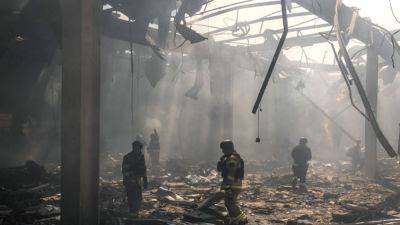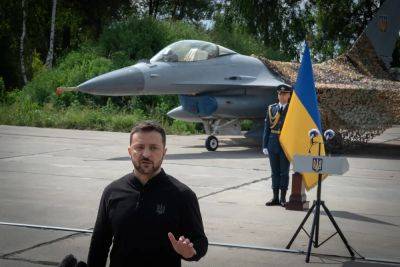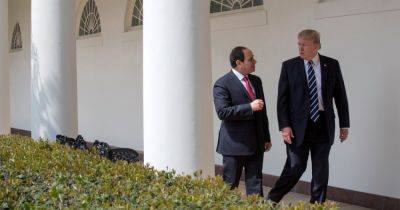Evidence Shows ‘Hand to Mouth’ Production of Russia’s Advanced Weapons
The Russian cruise missile that slammed into a children’s hospital in Kyiv last month left behind clues about Russia’s defense industry after more than two years of war.
The missile, a Kh-101 filled with about 1,000 pounds of explosives, was made this spring before the attack, according to a report released on Friday by a nongovernmental organization that examined remnants of the missile. That suggests Russian forces are using weapons like it as soon as they roll off the production line, the group said.
But it is also proof that Russia has continued to produce advanced weapons despite Western-led sanctions aimed at slowing their production.
The July 8 attack on the hospital killed two people and injured more than 30, including eight children, according to the hospital’s director. It was one of the worst days of violence against Ukrainian civilians in months as Russian forces targeted cities across the country.
The Kh-101 is the Russian military’s most advanced cruise missile, launched from bombers in Russian and Belarusian airspace. Ukraine has shot down many of them, using air defense missiles like the Patriot supplied by the United States and other NATO members. Some of the missiles, however, have managed to slip through Ukrainian defenses.
Parts of the missile that hit the hospital were examined in Kyiv on July 30 by investigators from Conflict Armament Research, an independent group based in Britain that identifies and tracks weapons and ammunition used in wars around the world.







